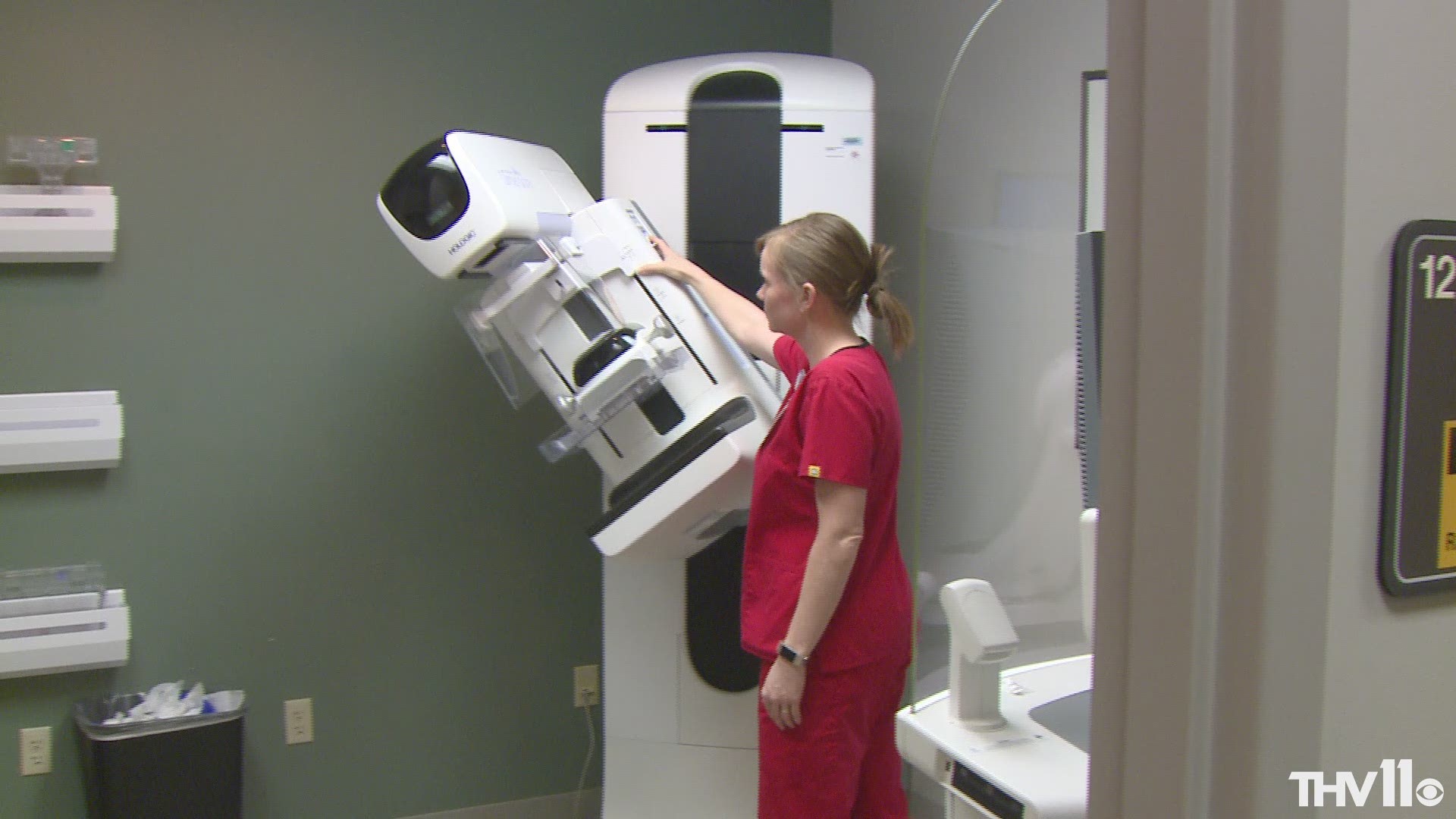LITTLE ROCK, Ark. — You ask, we listen. One viewer has questions about the money generated from a tobacco tax for breast cancer.
She wants to know how the funds are allocated and how many places offer free breast exams.
11 Listens gets answers.
In 1997, the Breast Cancer Act appropriated $4 million in state general revenue, with backup funding from a tobacco tax in 2010. It was implemented to fund breast cancer control and research. The two funding streams are coordinated through the University of Arkansas for Medical Sciences and the Arkansas Department of Health.
"The provision for UAMS is research focus and us as the dept of health is service delivery,” said Dr. Appathurai Balamurugan with ADH.
Dr. Balamurugan with said the two have worked together to help the more than 2,000 Arkansas women diagnosed with breast cancer every year. “Close to 400 of them die due to breast cancer and it tends to disproportionately affect minorities," said Dr. Balamurugan.
So, a large part of the funding is used to raise awareness among other key things. “The funds which come through the department of health has been used for screening, diagnostic and treatment services especially for women who are uninsured or under insured," said Dr. Balamurugan.
Dr. Balamurugan said there are 26 counties in Arkansas that don't have mammography facilities, so together UAMS and the department of health work to target areas with high incidents of breast cancer, by using this mammovan to help serve women who need to update their mammograms.
“They are screened, and we detect breast cancer early and prevent the hardships that go with and also prevent deaths from breast cancer,” said Dr. Balamurugan. And if the mammovan doesn't make a stop in your county there are lots of other locations that offer free breast exams. “They can go to any of our 94 local health units across the state and schedule an appointment to see a nurse get a clinical breast exam,” the doctor added.
Women between 50 to 74-year-old are recommended to a breast exam and mammogram every one to two years.

